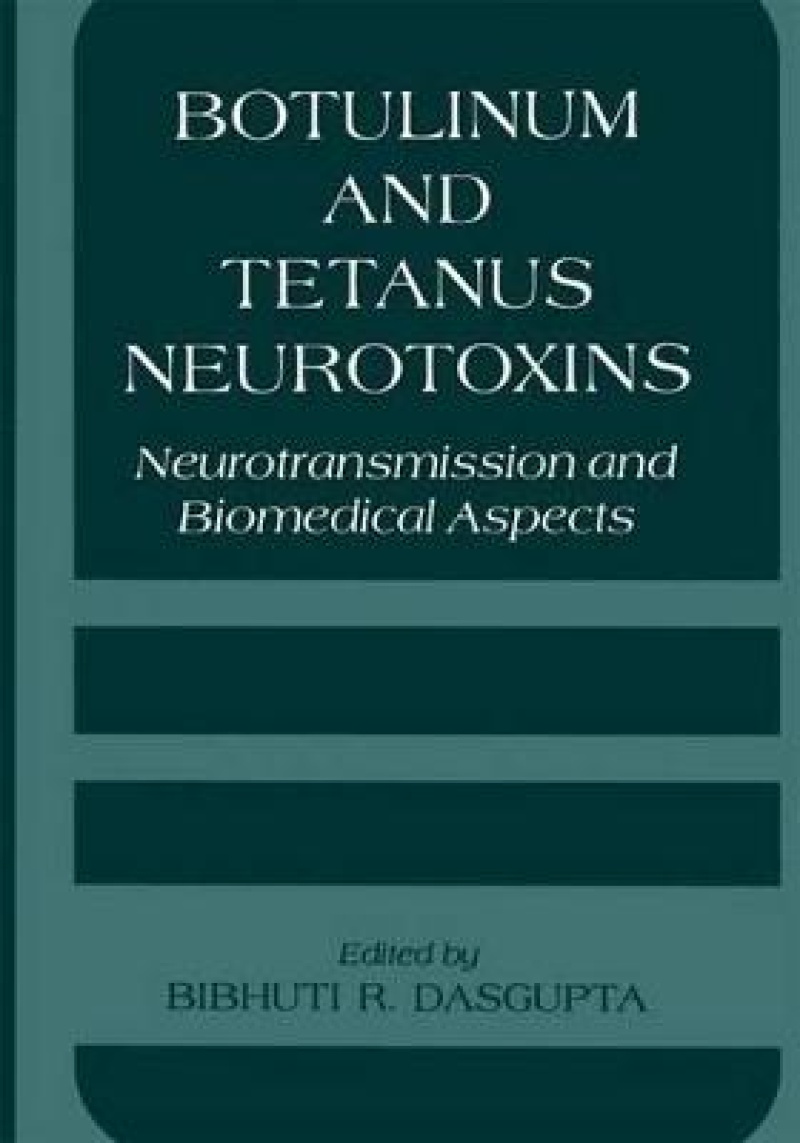Three days in Madison have thoroughly modified my view on clostridial neurotoxins. While still realizing the numerous activating, modifying and protective inputs, I cannot judge the meaningfulness of the meeting impartially. Neither may the reader expect a complete summary of all presentations. Collected in this volume, they speak for themselves without requiring an arbiter. Instead I shall write down my very personal opinions as a researcher who has studied clostridial neurotoxins for nearly 25 years. Comparable conferences have been rare during this time. A comprehensive symposium 4 on C. botulinum neurotoxins has been organized at Ft. Detrick. International conferences on tetanus have been held regularly under the auspices of the Wodd Health Organization. One or maximally two days of these meetings have been devoted to tetanus toxin and its actions whereas the sponsor and the majority of the participants have been interested mainly in epidemiology, prevention and treatment of tetanus as a disease (see refs. 5,6). Some aspects of clostridial neurotoxins have been addressed in the context of bacterial toxins, in particular in the biennial European workshops. 1-3,7,8 The Madison meeting differed from the previous ones in three aspects. First, it covered both tetanus and botulinum neurotoxins. The fusion was justified because of their huge similarities in primary structure, in their mode of action and in their cellular targets. Second, the meeting was not limited to toxins but drew some lines on which modern neurobiology might proceed.
Les mer
Three days in Madison have thoroughly modified my view on clostridial neurotoxins. One or maximally two days of these meetings have been devoted to tetanus toxin and its actions whereas the sponsor and the majority of the participants have been interested mainly in epidemiology, prevention and treatment of tetanus as a disease (see refs.
Les mer
An Overview.- Neurotrophic Factors and Denervation.- Neurotransmitter Secretion; Poisoning Models.- Endocytosis, Endosomal Processing.- Mechanism of Action.- Structure-Function Relationship.- Structure.- Genetics.- Antigenic Structure, Antibody, Immunity.- Bacteriology and Disease.- Contributions from USAMRIID, Fort Detrick.- Nonclostridial Neurotoxins.- Clinical Applications.
Les mer
GPSR Compliance
The European Union's (EU) General Product Safety Regulation (GPSR) is a set of rules that requires consumer products to be safe and our obligations to ensure this.
If you have any concerns about our products you can contact us on ProductSafety@springernature.com.
In case Publisher is established outside the EU, the EU authorized representative is:
Springer Nature Customer Service Center GmbH
Europaplatz 3
69115 Heidelberg, Germany
ProductSafety@springernature.com
Les mer
Produktdetaljer
ISBN
9780306444128
Publisert
1993-08-31
Utgiver
Vendor
Kluwer Academic/Plenum Publishers
Høyde
254 mm
Bredde
178 mm
Aldersnivå
Research, UU, UP, P, 05, 06
Språk
Product language
Engelsk
Format
Product format
Innbundet
Redaktør
